Exploring the world of flowers, those beginning with the letter ‘O’ reveal a captivating array of beauty and diversity. From the vibrant blooms of the Osteospermum to the fragrant allure of Osmanthus, these flowers offer unique characteristics that enchant gardeners and flower enthusiasts alike. Some, like the Oenothera, thrive in evening light, while others, such as the ornamental Oxalis, bring color to any landscape. This collection of 100 flowers starting with ‘O’ showcases not only their aesthetic appeal but also their varied uses in gardens, floral arrangements, and even traditional medicine, celebrating the rich tapestry of nature’s floral wonders.
Oenothera (Evening Primrose)
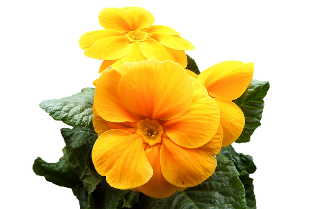
- Known for its bright yellow flowers that bloom in the evening.
- Native to North America.
- Used in traditional medicine for various ailments.
Osmanthus
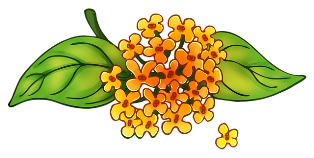
- Evergreen shrub with fragrant flowers.
- Flowers range from white to orange.
- Used in perfumes and teas.
Oxalis

- Known as wood sorrel.
- Small, clover-like leaves and bright flowers.
- Often used as ornamental plants.
Osteospermum (African Daisy)

- Vibrant daisy-like flowers.
- Native to Africa.
- Popular in gardens for their long blooming period.
Oriental Lily

- Large, fragrant flowers.
- Popular in floral arrangements.
- Various colors including white, pink, and red.
Oncidium Orchid

- Also known as dancing lady orchids.
- Bright yellow and brown flowers.
- Epiphytic in nature.
Oregano (flowering)

- Herb with small purple or white flowers.
- Used in culinary dishes.
- Medicinal properties.
Obedient Plant (Physostegia virginiana)

- Pink or white tubular flowers.
- Named for its ability to stay in place when moved.
- Attracts butterflies.
Olearia

- Shrub with daisy-like flowers.
- Native to Australia and New Zealand.
- Used in hedges and borders.
Origanum

- Aromatic herb with small flowers.
- Commonly used in cooking.
- Includes species like oregano and marjoram.
Omphalodes
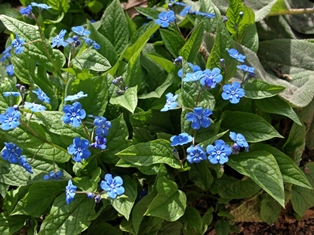
- Also known as navelwort.
- Blue or white flowers.
- Ground cover plant.
Opuntia (flowering cactus)

- Also known as prickly pear.
- Bright yellow or red flowers.
- Edible fruit.
Ophiopogon (Mondo Grass)
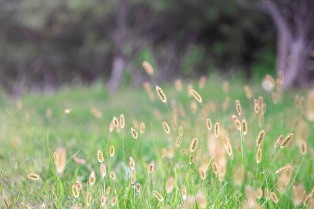
- Grass-like perennial.
- Small, white to pale violet flowers.
- Used as ground cover.
Oxeye Daisy

- White petals with a yellow center.
- Common wildflower.
- Attracts pollinators.
Ornithogalum (Star of Bethlehem)

- White, star-shaped flowers.
- Grows from bulbs.
- Native to Europe and Africa.
Odontoglossum Orchid

- Large, showy flowers.
- Often spotted or striped.
- Popular in orchid collections.
Ornamental Onion (Allium)

- Large, spherical flower heads.
- Various colors including purple and white.
- Attracts bees and butterflies.
Orostachys
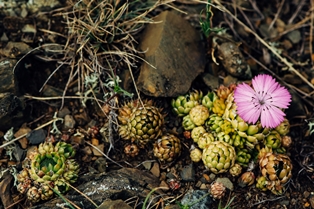
- Succulent with rosette formation.
- Small, star-shaped flowers.
- Drought-tolerant.
Orixa Japonica
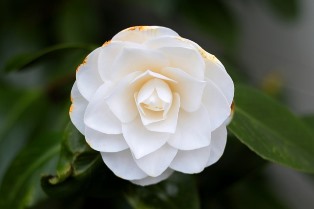
- Shrub with glossy leaves.
- Small, inconspicuous flowers.
- Used in traditional medicine.
Oxypetalum

- Also known as tweedia.
- Light blue star-shaped flowers.
- Climbs or trails in growth habit.
Onosma

- Perennial with hairy leaves.
- Yellow, tubular flowers.
- Grows in rocky habitats.
Onopordum

- Known as cotton thistle.
- Large, spiny leaves and purple flowers.
- Attracts pollinators.
Orbea

- Succulent with star-shaped flowers.
- Often has a carrion-like odor.
- Grows in arid regions.
Orlaya

- Also known as white lace flower.
- Delicate, white flowers.
- Popular in wildflower gardens.
Osbeckia

- Shrub with purple or pink flowers.
- Native to tropical regions.
- Used in traditional medicine.
Oenothera Biennis (Evening Primrose)

- Biennial with yellow flowers.
- Blooms in the evening.
- Used for its oil in supplements.
Origanum Vulgare (Oregano)

- Aromatic herb with purple flowers.
- Used in Mediterranean cuisine.
- Has antibacterial properties.
Oxalis Versicolor (Candy Cane Sorrel)
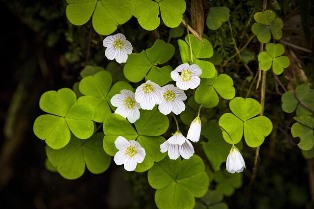
- White flowers with red edges.
- Closes at night and in cloudy weather.
- Popular as ornamental plant.
Ornamental Kale

- Decorative, colorful leaves.
- Used in winter gardens.
- Edible but primarily grown for looks.
Oenothera Speciosa

- Pink evening primrose.
- Blooms in the evening and night.
- Tolerates drought.
Oxytropis

- Known as locoweed.
- Pea-like flowers.
- Grows in arid regions.
Origanum Heracleoticum (Greek Oregano)
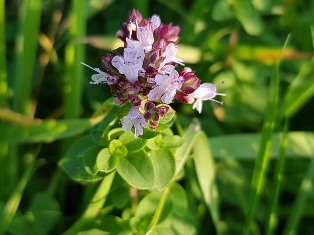
- Highly aromatic herb.
- White to pink flowers.
- Essential in Greek cuisine.
Orobanche (Broomrape)

- Parasitic plant.
- Brown or purple flowers.
- Lacks chlorophyll.
Ornithogalum Dubium
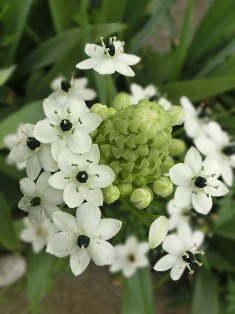
- Orange star-of-Bethlehem.
- Bright orange flowers.
- Native to South Africa.
Osiria Rose

- Red and white bicolor rose.
- Known for its striking appearance.
- Popular in gardens and arrangements.
Ostrich Fern (flowering)

- Large, feathery fronds.
- Tiny, inconspicuous flowers.
- Popular as ornamental foliage.
Osteospermum Jucundum

- Pink to purple daisy-like flowers.
- Long blooming period.
- Attracts butterflies.
Olearia Phlogopappa

- Australian daisy bush.
- Purple or white flowers.
- Grows in alpine regions.
Orthosiphon (Cat’s Whiskers)
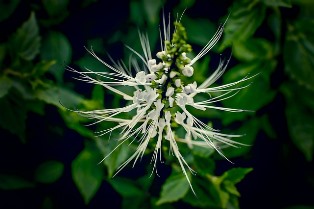
- White or purple flowers with long stamens.
- Used in traditional medicine.
- Attractive to bees and butterflies.
Ornithogalum Arabicum

- White star-of-Bethlehem.
- White flowers with black centers.
- Native to the Mediterranean region.
Oenothera Fruticosa (Sundrops)

- Yellow, cup-shaped flowers.
- Blooms during the day.
- Grows in sunny areas.
Oxalis Deppei (Four-Leaf Clover)

- Also known as lucky clover.
- Pink flowers.
- Popular as a lucky charm.
Onychium Japonicum
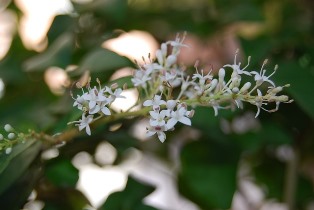
- Also known as Japanese claw fern.
- Delicate, feathery fronds.
- Grows in shady areas.
Oenothera Lindheimeri

- Known as Gaura.
- White to pink flowers.
- Blooms from spring to fall.
Orchis
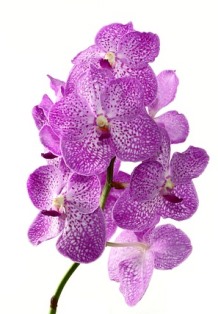
- Genus of orchids.
- Varied and often brightly colored flowers.
- Includes species used in traditional medicine.
Origanum Majorana (Marjoram)

- Aromatic herb with small flowers.
- Used in cooking.
- Medicinal properties.
Osmanthus Fragrans (Sweet Olive)

- Evergreen shrub.
- Fragrant white flowers.
- Used in perfumes and teas.
Onopordum Acanthium (Scotch Thistle)
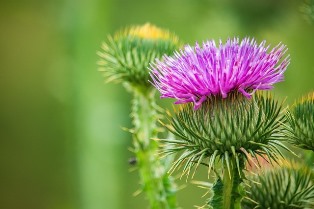
- Large, spiny thistle.
- Purple flowers.
- National symbol of Scotland.
Oenothera Glazioviana (Large-Flowered Evening Primrose)

- Large yellow flowers.
- Blooms in the evening.
- Grows in disturbed areas.
Origanum Dictamnus (Dittany of Crete)
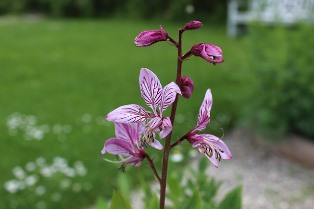
- Aromatic herb with pink flowers.
- Used in cooking and traditional medicine.
- Native to Crete.
Oxalis Triangularis (Purple Shamrock)

- Purple, triangular leaves.
- Small, white or pink flowers.
- Grown as a houseplant.
Oenothera Missouriensis (Missouri Evening Primrose)

- Large, yellow flowers.
- Blooms in the evening.
- Tolerates drought.
Osbeckia Chinensis

- Shrub with purple flowers.
- Native to Asia.
- Used in traditional medicine.
Osteospermum Eclonis

- Also known as Cape Daisy.
- Purple, pink, or white flowers.
- Native to South Africa.
Oenothera Macrocarpa

- Also known as Missouri Primrose.
- Large, yellow flowers.
- Blooms in the evening.
Oxalis Tetraphylla (Iron Cross)

- Four-leaved sorrel.
- Pink flowers.
- Grown as a lucky charm.
Oenothera Pilosella

- Also known as the hairy evening primrose.
- Yellow flowers.
- Grows in sandy soils.
Omphalodes Verna (Blue-Eyed Mary)
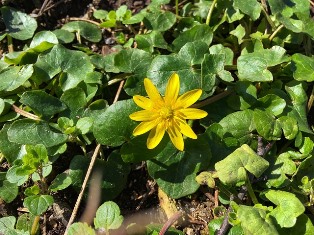
- Blue, star-shaped flowers.
- Ground cover plant.
- Blooms in early spring.
Oenothera Rosea (Rose Evening Primrose)
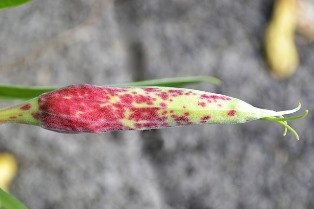
- Pink flowers.
- Blooms in the evening.
- Spreads rapidly.
Oncosiphon

- Genus of aromatic herbs.
- Yellow flowers.
- Native to South Africa.
Oxalis Carnosa

- Succulent with pink flowers.
- Thick, fleshy leaves.
- Grows in rocky areas.
Oenothera Tetragona

- Known as narrow-leaved evening primrose.
- Yellow flowers.
- Grows in prairies and meadows.
Onopordum Illyricum (Illyrian Thistle)
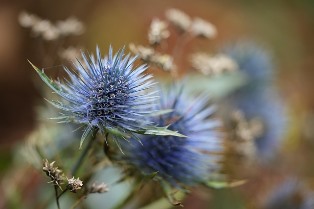
- Spiny thistle with purple flowers.
- Grows in Mediterranean regions.
- Attracts pollinators.
Osmunda (flowering fern)
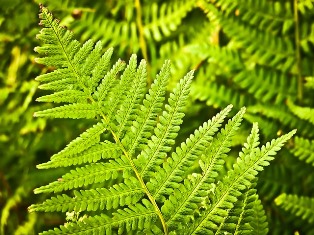
- Large, fern-like fronds.
- Tiny, inconspicuous flowers.
- Grows in moist areas.
Oenothera Pallida (Pale Evening Primrose)

- Pale yellow or white flowers.
- Blooms in the evening.
- Grows in sandy soils.
Ononis
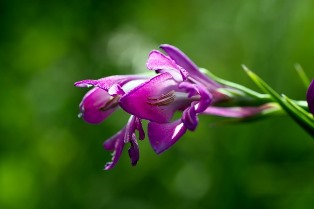
- Genus of herbaceous plants.
- Pink or yellow flowers.
- Includes species like restharrow.
Oenothera Berlandieri
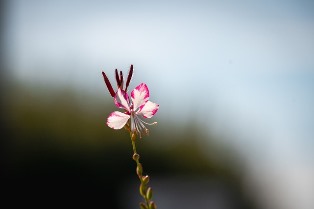
- Pink evening primrose.
- Blooms in the evening.
- Native to North America.
Oplismenus
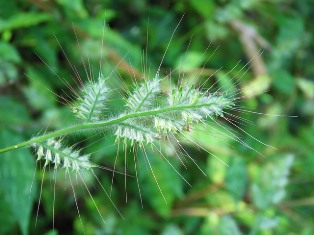
- Genus of grass-like plants.
- Small, inconspicuous flowers.
- Grows in tropical regions.
Oenothera Deltoides

- Also known as desert evening primrose.
- White flowers.
- Grows in desert regions.
Onopordum Tauricum

- Spiny thistle with purple flowers.
- Native to southeastern Europe.
- Attracts pollinators.
Oxalis Tuberosa (Oca)

- Edible tubers.
- Yellow or orange flowers.
- Grown for its edible roots.
Oenothera Hookeri (Hooker’s Evening Primrose)

- Yellow flowers.
- Blooms in the evening.
- Grows in coastal regions.
Oenothera Jamesii (James’ Evening Primrose)

- Yellow flowers.
- Blooms in the evening.
- Native to southwestern USA.
Oenothera Caespitosa (Tufted Evening Primrose)

- White flowers.
- Blooms in the evening.
- Grows in rocky soils.
Origanum Syriacum (Syrian Oregano)

- Aromatic herb with white flowers.
- Used in Middle Eastern cuisine.
- Medicinal properties.
Oenothera Suffrutescens (Scarlet Gaura)

- Pink to red flowers.
- Blooms from spring to fall.
- Attracts pollinators.
Oenothera Biennis L. (Common Evening Primrose)

- Yellow flowers.
- Blooms in the evening.
- Used for its oil in supplements.
Onosma Taurica

- Perennial with hairy leaves.
- Yellow, tubular flowers.
- Grows in rocky habitats.
Ornithogalum Saundersiae

- Also known as giant chincherinchee.
- White flowers.
- Native to South Africa.
Oenothera Villosa (Hairy Evening Primrose)

- Yellow flowers.
- Blooms in the evening.
- Grows in sandy soils.
Ornithogalum Nutans (Drooping Star of Bethlehem)

- White, bell-shaped flowers.
- Grows from bulbs.
- Native to Europe.
Oenothera Coronopifolia

- Yellow flowers.
- Blooms in the evening.
- Grows in dry areas.
Origanum Onites (Cretan Oregano)

- Aromatic herb with small flowers.
- Used in cooking.
- Medicinal properties.
Oxalis Articulata (Pink Wood Sorrel)

- Pink flowers.
- Clover-like leaves.
- Grown as ornamental plant.
Onoclea (flowering fern)

- Also known as sensitive fern.
- Large, lobed fronds.
- Grows in moist areas.
Oxalis Stricta (Common Yellow Wood Sorrel)

- Yellow flowers.
- Clover-like leaves.
- Grows in gardens and lawns.
Onobrychis

- Known as sainfoin.
- Pink or purple flowers.
- Used as forage crop.
Oxalis Corniculata (Creeping Wood Sorrel)

- Yellow flowers.
- Clover-like leaves.
- Often considered a weed.
Oenothera Albicaulis (Prairie Evening Primrose)

- White flowers.
- Blooms in the evening.
- Grows in prairies.
Oenothera Elata (Tall Evening Primrose)

- Yellow flowers.
- Blooms in the evening.
- Grows in moist soils.
Oenothera Rhombipetala (Diamond-Petal Evening Primrose)

- Yellow flowers.
- Blooms in the evening.
- Grows in dry areas.
Oenothera Rigida (Stiff Evening Primrose)

- Yellow flowers.
- Blooms in the evening.
- Grows in sandy soils.
Ornithogalum Thyrsoides (Chincherinchee)

- White, star-shaped flowers.
- Grows from bulbs.
- Native to South Africa.
Oenothera Speciosa Alba (White Evening Primrose)

- White flowers.
- Blooms in the evening.
- Tolerates drought.
Oenothera Flava (Yellow Evening Primrose)

- Yellow flowers.
- Blooms in the evening.
- Grows in rocky soils.
Oxytropis Sericea (Silky Crazyweed)

- Silky, hairy leaves.
- Purple flowers.
- Grows in alpine regions.
Oenothera Lavandulifolia (Lavender-Leaf Evening Primrose)

- Yellow flowers.
- Blooms in the evening.
- Grows in dry areas.

